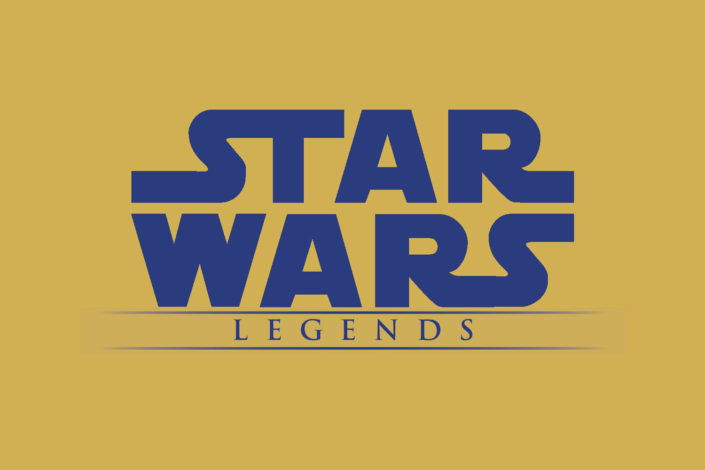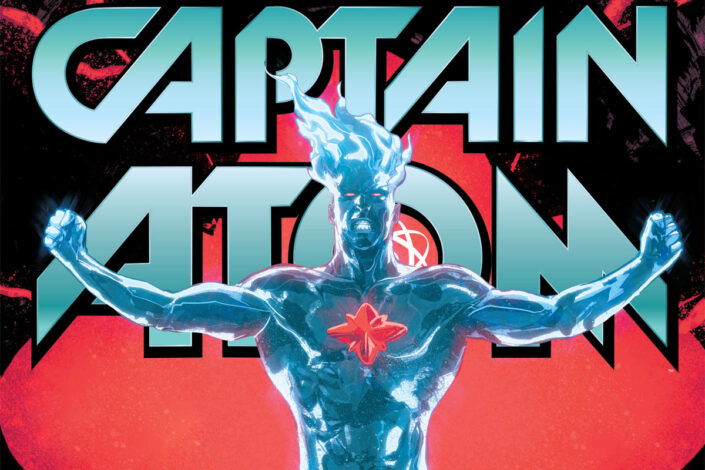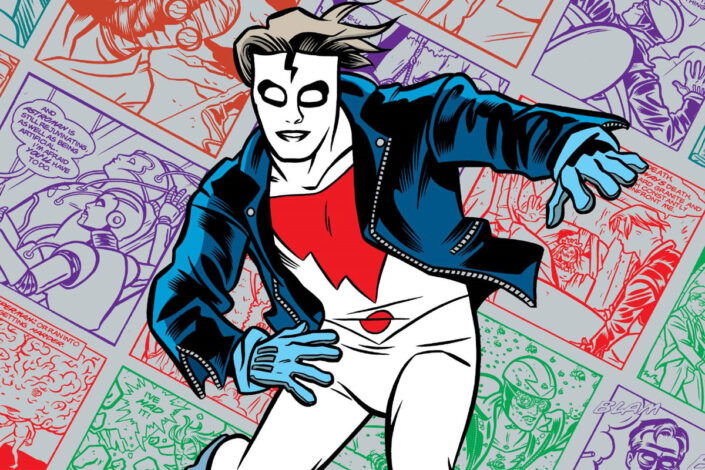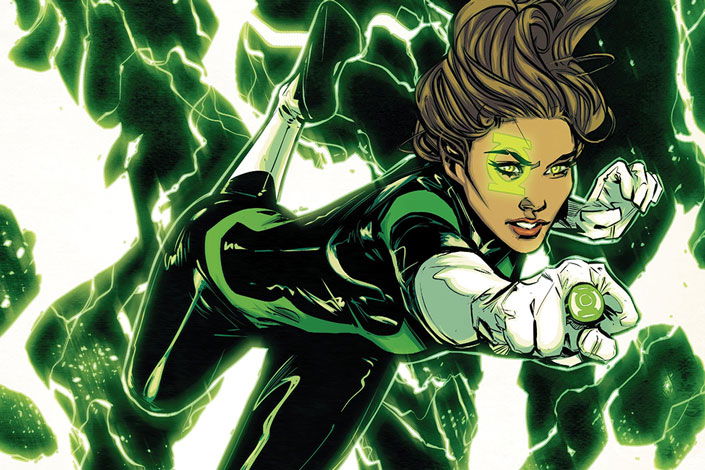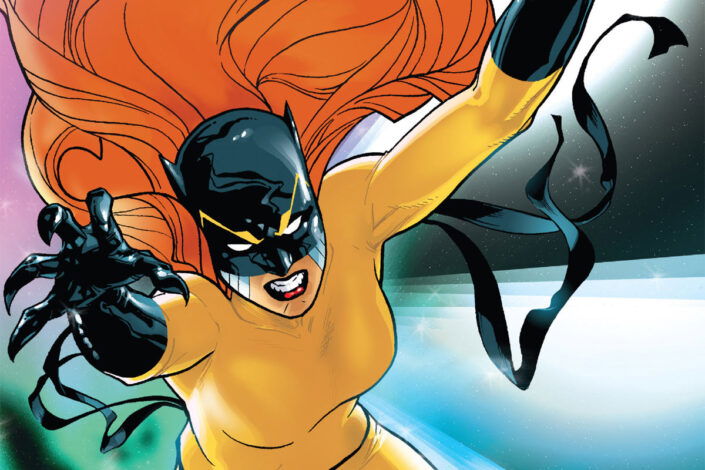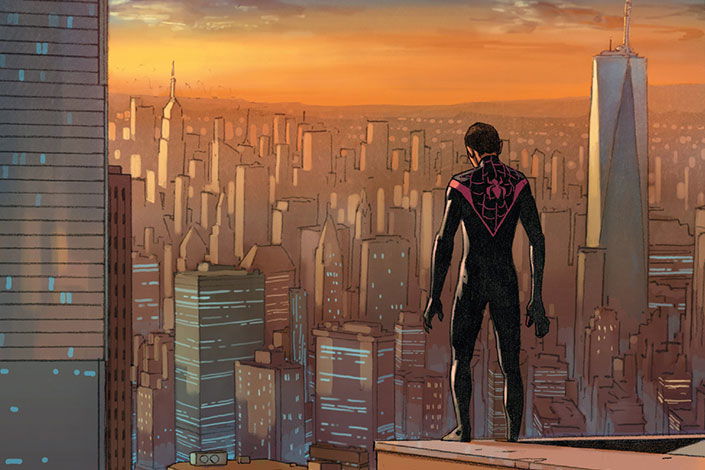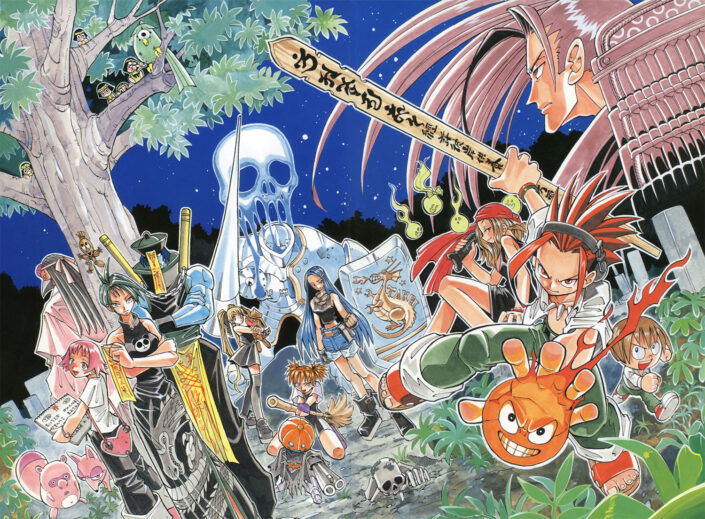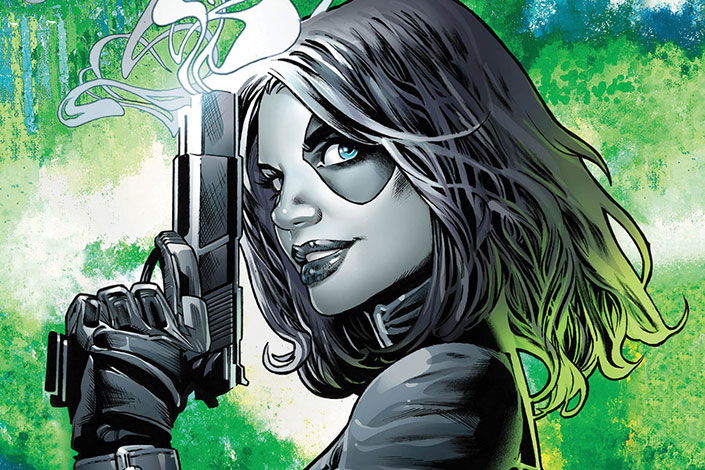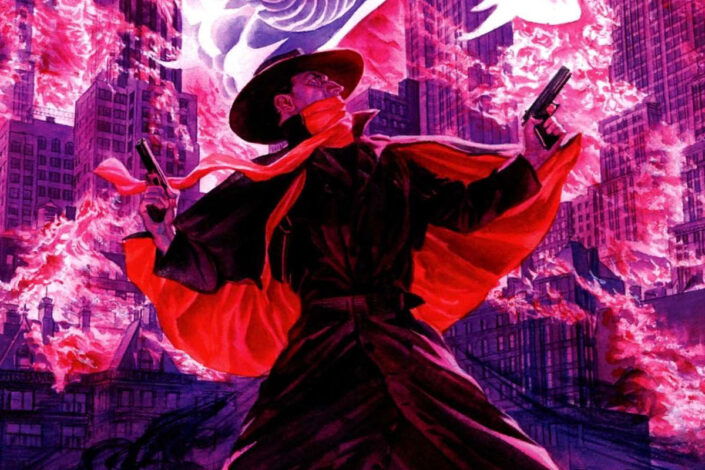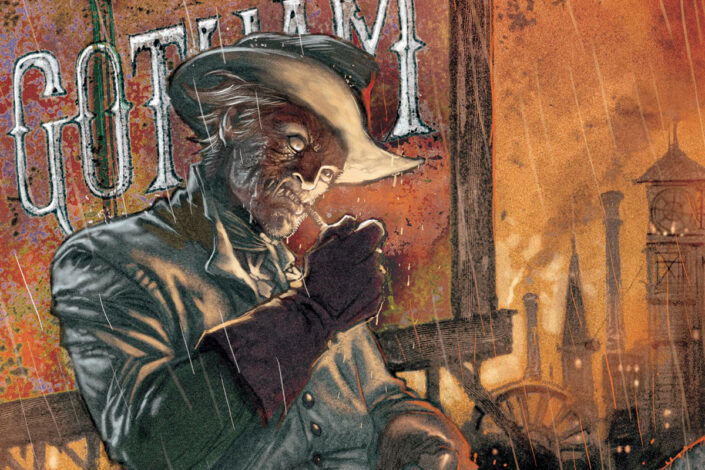Star Wars Legends Comics Reading Order (The Star Wars Expanded Universe)
Since the release of the first Star Wars movie, the universe created by George Lucas has never stopped expanding. Beyond the movies, TV shows, games, novels, comics, and more have been created to cover many stories in the Star Wars galaxy, spanning more than 25, 000 years of history.
It was called the Star Wars Expanded Universe. But when Disney bought the Star Wars franchise, the company simply blew up this Expanded Universe in order to create a new official canon. So everything that have been published before April 25, 2014, was now part of the Star Wars Legends, the new name given to the Star Wars Expanded Universe.
A lot of comic books have been published during the past 35 years, before April 2014. Star Wars Comic books were first published by Marvel Comics from 1977 to 1986. After, Dark Horse Comics owned the license exclusively from 1991 to 2014. Pendulum Press (1978) and Blackthorne (1987–1988) also published some Star Wars Comics, and Star Wars comic strips have been distributed in the newspapers the Los Angeles Times Syndicate and Watertown Daily Times between 1979 and 1984.
This article is devoted to the Star Wars Legends or Expanded Universe, to the Star Wars comic books published before April 25, 2014. For the ongoing Star Wars Canon, you can find the reading order over here.
Read More »Star Wars Legends Comics Reading Order (The Star Wars Expanded Universe)
